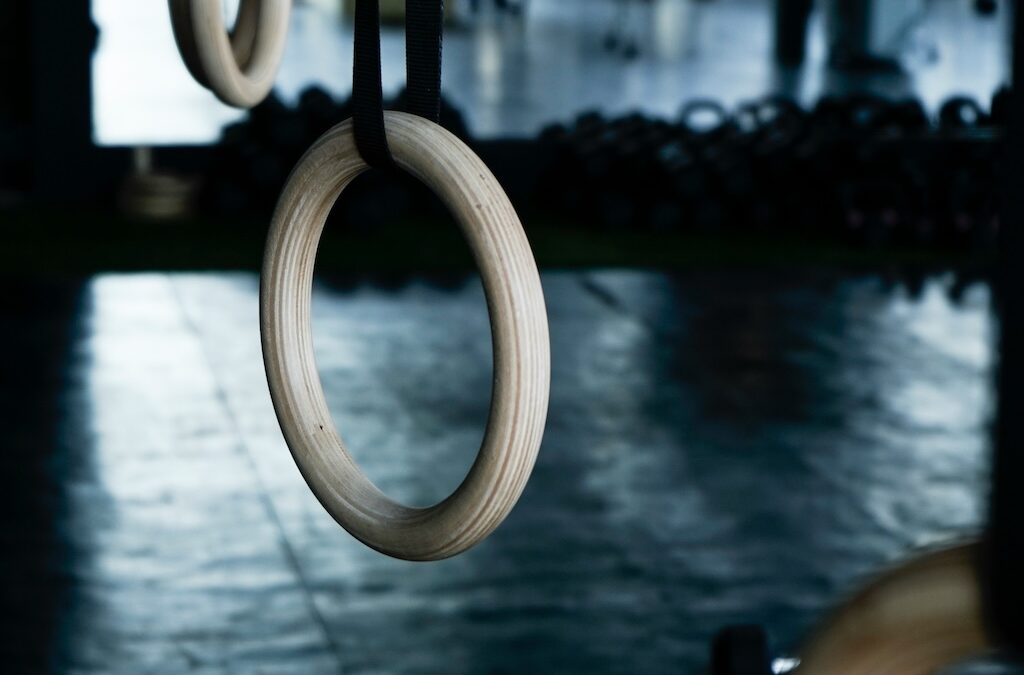In a recent article in Cosmos and History, I try to reconstruct the implicit belief systems of people who work against the Earth. Athletes like gymnasts and pole vaulters are counted among these anti-planetary practitioners, and so are many physiotherapists. For all these practitioners, gravity is a fundamental problem.
But when we talk about gravity in a practical context, we talk about the Earth. Before it is anything else, the Earth, like any planet, is a mass acting on itself through gravity. We might say that gravity is the essential medium of planetarity. Whenever we exert a force opposed to gravity, we perform an anti-planetary action. It is even possible to construe a discipline like gymnastics as a tragic struggle against the planet that is part of a much longer history of challenging limits imposed by Earth’s planetarity. After all, life has been forced to adapt to its planetary backdrop for a very long time. In my article, I try to take these connections to an extreme conclusion at which point they become a sort of horror story.
In many ways, the paper is only a way of reframing what is obvious for the sake of a philosophical narrative. Nevertheless, this type of story can let us think about connections between the hidden philosophical beliefs inherent in physical practices and the intractable structures of our surrounding space. All disciplines that make use of biomechanics in a terrestrial setting contain aspects of geography and geology. They are environmental disciplines for all intents and purposes and ought to be understood as such.

Carl (Christian) Olsson
Cultural Geographer

Photo by Delaney Van on Unsplash
This is true in a double sense: First, in that biomechanics is the field of knowledge of mechanics applied to living systems and, second, in that biomechanics are lived by all life. It can even be said that athletes like gymnasts practice a type of geological know-how. Moving ‘against’ gravity is to learn about our terrestrial condition by negating it. Since this type of negative geology is strictly speaking much older than organized scientific inquiry, it is only reasonable that we should also call it ‘first geology’.
Finally, there is a tendency in contemporary environmental thought to emphasize ecological relationships, which is to say relationships between lifeforms. As important as these are, there is a tendency to neglect equally significant relationships between lifeforms and inanimate aspects of their environments like planetarity. When this tendency is seen, a dialogue between geographers and physiotherapists appears like a redeeming step with potential implications for theory and practice on both sides.
Read the full publication here
Header image by Eduardo Cano Photo Co. on Unsplash

